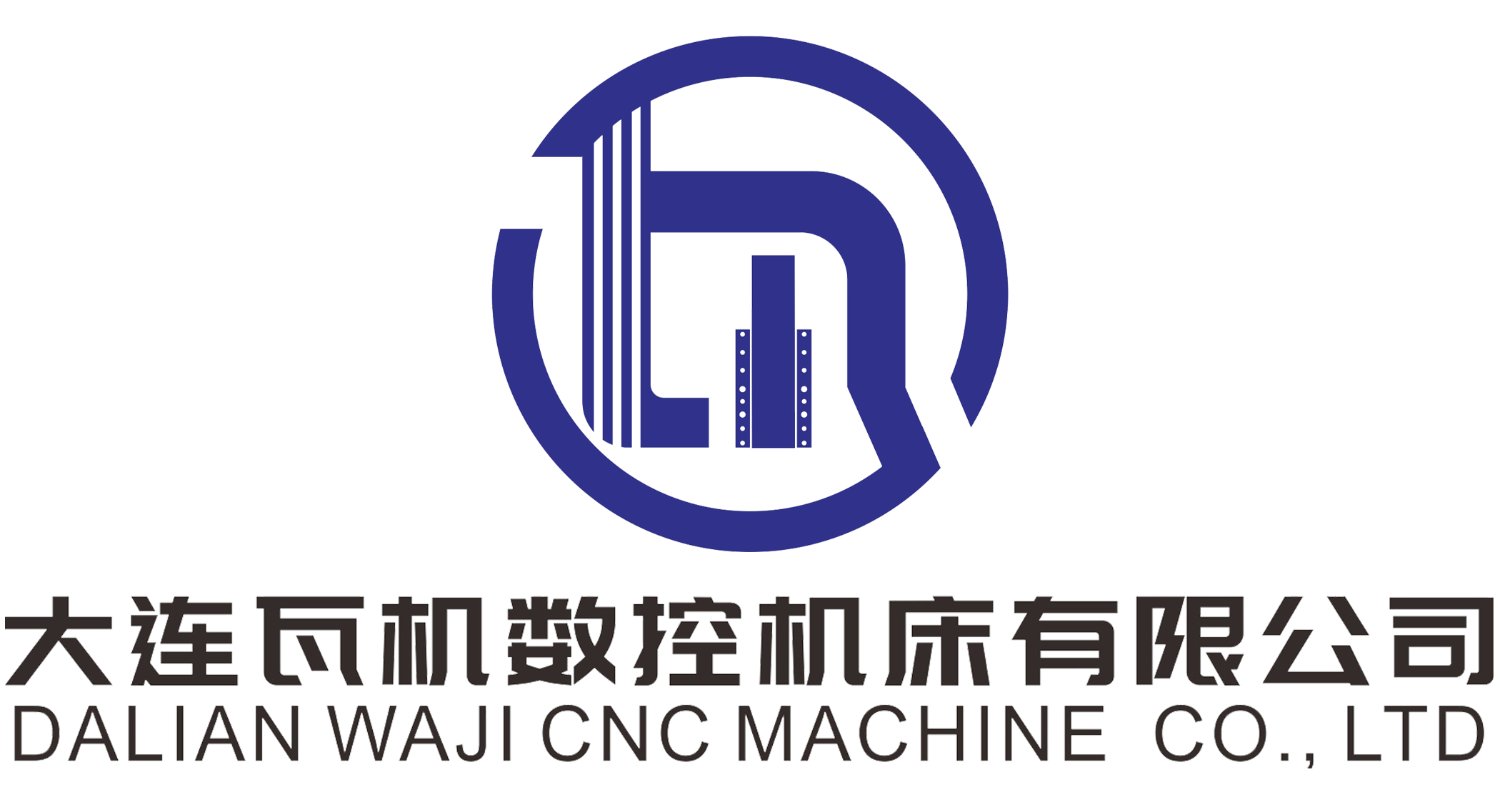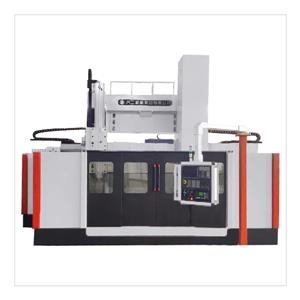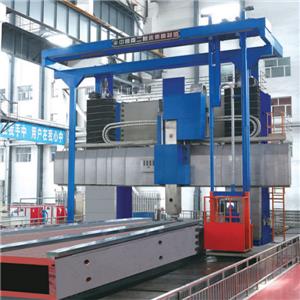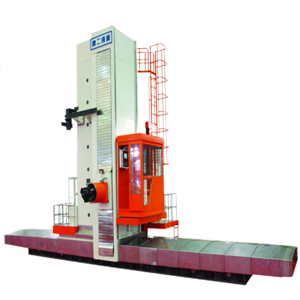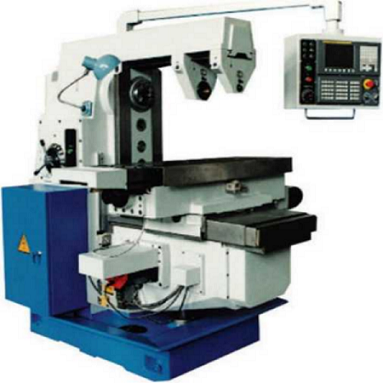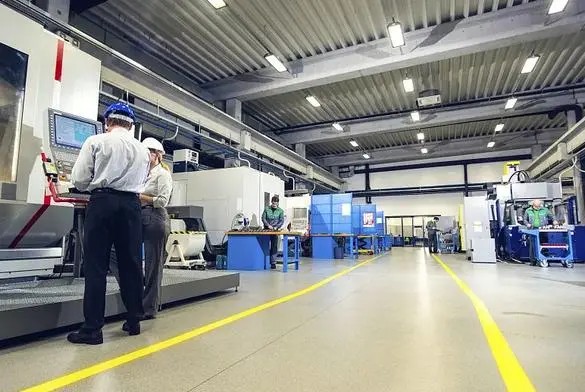Working principle of CNC machine tools
The working principle of CNC machine tools is more complex than traditional machine tools, but theoretically, the working principle of CNC machine tools can be divided into the following four sections:
1. Programming input
The reason why CNC machine tools work more efficiently is mainly because a complete set of processing programs are written and input into their computer movements. G-code and M code are required for programming of CNC machine tools. The G-code compiles the machine tool control program, which is mainly used to arrange the axial movement efficiency and cutting speed of the CNC machine tool; The M code is responsible for controlling the auxiliary program of machine tool processing, manipulating some auxiliary but necessary intelligent adjustment processes, such as the automatic process of adding coolant and replacing props. As long as the arranged program is entered, these essential auxiliary processes can be accurately and accurately completed.
The control system of CNC machine tools generally consists of modules such as computers, controllers, motors, and encoders. After receiving instructions conveyed by the machining program, the control system can quickly convert human language into binary computer code, accurately changing the motor speed and distance, thereby completing various precise displacement and cutting processes of the machine tool.
The built-in control system of CNC machine tools can also autonomously switch the comprehensive data of bearing speed, feed rate, and cutting depth during the working process according to different instructions, which more accurately controls the quality of the workpiece.
3. Control of the motion system
The control process of the motion system of CNC machine tools is also one of the working principles of CNC machine tools. This instruction is achieved by adjusting the speed and position of the servo motor to achieve changes. In the processing process, multiple bearings of CNC machine tools need to move according to established trajectories, and the built-in control system will calculate the moving points and speeds of each bearing of the machine tool based on the processing requirements entered in the instructions. Then, these data will be converted into control signals, ultimately leading the machine tool to independently and accurately process actions.
4. Tool replacement control
The tool replacement control process of the CNC machine tool also needs system instructions. In the processing flow, the machine tool will automatically stop after it feels the tool wear, and the control system will automatically start the tool switching and adjustment program, and can continue processing after completion.
